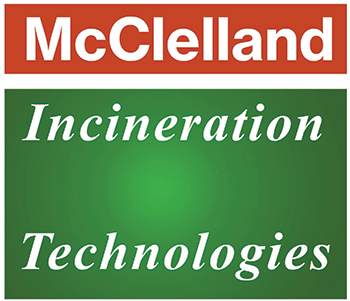- December 24, 2023
- by Chirag
- Mc Clelland
A Global Perspective: Exploring Incineration Practices Around the World
Waste management is a global challenge that requires diverse solutions tailored to local contexts and priorities. Incineration, as a waste disposal method, is implemented differently across the world, reflecting varying regulatory frameworks, cultural attitudes, and technological advancements. Let’s take a journey to explore how incineration is practiced in different regions and the lessons we can learn from these global perspectives.
For more information and studying further on incineration or incinerator supplier India or Industrial incinerator supplier India, visit www.mcclellandindia.com. It is located in Mumbai, Maharashtra, India with projects in all states of india – Gujarat, Maharastra etc. and all over the world.
Europe:
- Europe leads the way in incineration technology and regulation, with many countries prioritizing waste-to-energy incineration as part of their waste management strategies. Stringent emissions standards, mandatory recycling targets, and extended producer responsibility laws drive innovation and investment in incineration infrastructure. Countries like Sweden and Denmark have achieved remarkable success in waste-to-energy utilization, with incinerators supplying heat to district heating networks and electricity to the grid.
North America:
- In North America, incineration plays a significant role in waste management, particularly in densely populated urban areas facing landfill capacity constraints. While waste-to-energy incineration is prevalent in the United States, Canada has embraced a more cautious approach, focusing on emissions control and public consultation. Advanced pollution control technologies and rigorous regulatory oversight ensure compliance with air quality standards and protect public health.
Asia:
- In Asia, incineration practices vary widely depending on economic development, population density, and waste composition. Countries like Japan and South Korea have embraced waste-to-energy incineration to address limited landfill space and energy security concerns. These countries prioritize resource recovery and energy efficiency, with incinerators equipped with state-of-the-art emissions control technologies. In contrast, developing countries in Asia face challenges with informal waste disposal practices and inadequate waste infrastructure, leading to environmental pollution and public health risks.
Middle East:
- The Middle East is witnessing a growing interest in waste-to-energy incineration as countries seek sustainable solutions for waste management and energy diversification. Countries like the United Arab Emirates and Qatar are investing in incineration technology to reduce reliance on landfilling and harness the energy potential of waste. However, cultural and social factors, as well as water scarcity concerns, influence incineration practices in the region, highlighting the importance of context-specific approaches.
Africa:
- In Africa, incineration practices are diverse and evolving, shaped by economic, social, and environmental factors. While some countries are exploring waste-to-energy incineration as a solution to urban waste challenges, others prioritize community-based approaches, such as composting and decentralized waste management initiatives. Limited infrastructure, funding constraints, and informal waste sectors present challenges to widespread incineration adoption, emphasizing the need for tailored solutions and international collaboration.
In conclusion, exploring incineration practices around the world offers valuable insights into the diverse approaches to waste management and the complexities of balancing environmental, economic, and social considerations. By sharing knowledge, best practices, and lessons learned, we can work towards sustainable waste management solutions that benefit communities globally. From Europe’s pioneering efforts to Asia’s innovative technologies, each region contributes to the collective journey towards a cleaner, greener future.




